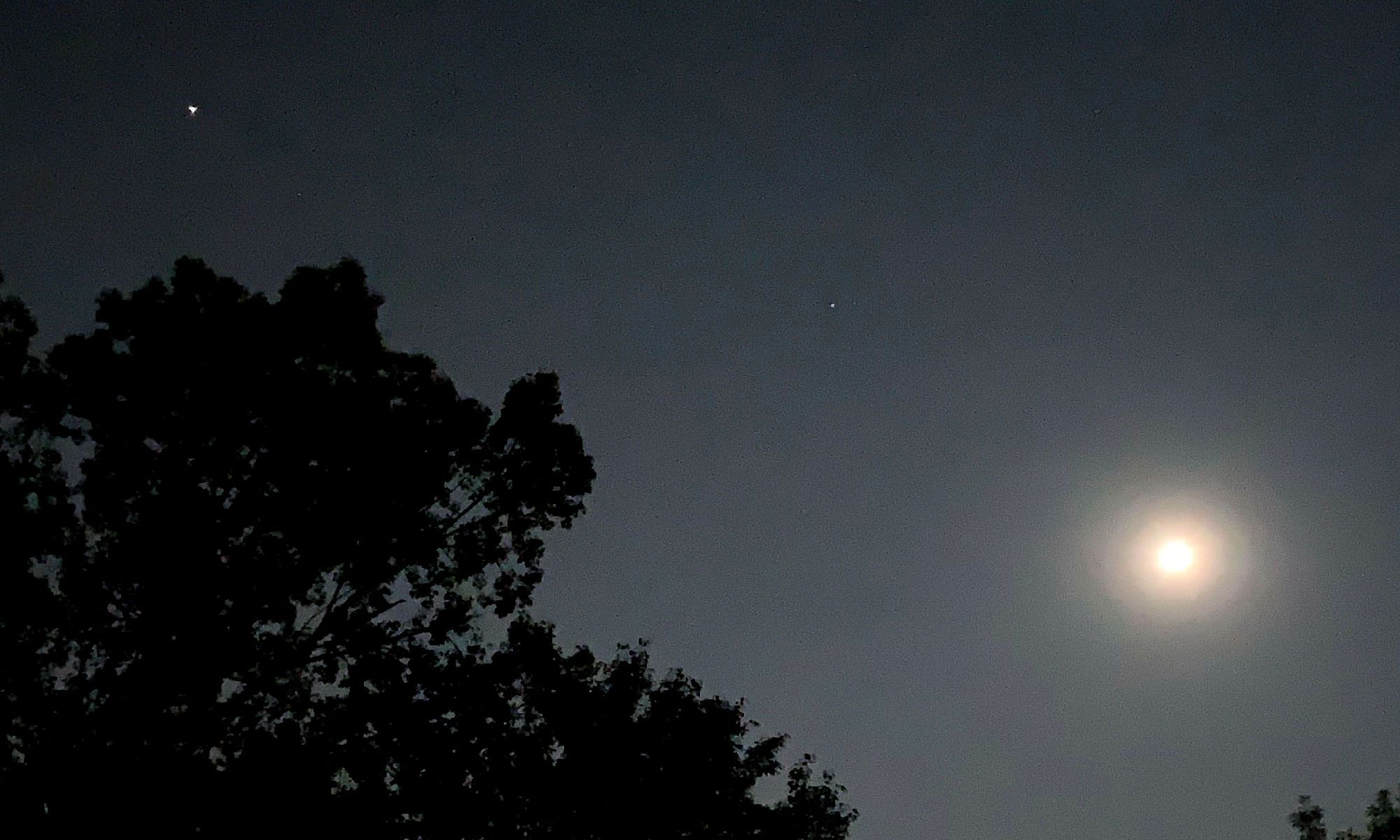Everyone has their favorites, and the planetary inhabitants of our Solar System are among largest objects that may gain our affections. Each planet is unique and has its own offerings to delight stargazers. In my personal observations, I have ranked my favorites of our neighboring planets.
#5 – Venus
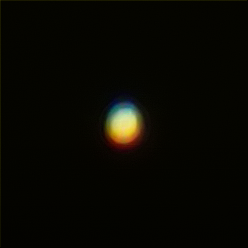
Earth’s sister planet, though relatively close, is difficult to view through a telescope because it is closer to the Sun than Earth. If Venus were just a tad past us, it would probably offer some of the most spectacular viewing in the night sky. This is because we would be seeing the Sun’s light fully reflected back towards its source. But since Venus is closer than Earth, we are left with only various phases of silhouettes.
This was one of my earliest attempts to photograph Venus. The blue top and red bottom are caused by atmospheric diffraction. The image overall is a bit distorted due to being taken low on the horizon, punching through hundreds of mile of atmosphere.
Still, Venus is my #5 because she is SO bright and easy to spot when she is visible, always being somewhere in proximity to the Sun either East at dawn or West at dusk.
#4 – Mars

There may be no more “seasonal” planet than Mars. When it is close to Earth, around its opposition time, it is really nice to see via telescope. But when it is far away, it is much, much smaller. I don’t think any planet has this kind of relative size variance. This is due, I think, to Mars being both so close and yet so small.
Mars is fast, with an orbit very roughly at two Earth years. So it always appears moving, almost always around somewhere in the sky. Though I have not noticed this yet, I would assume that when Mars is near the Sun, and hence not visible to us, that those times are fairly short, and the planet pops back into the night sky in short order.
Viewing and imaging of Mars are fairly dependent on its rotation. When the maria (dark spots) are facing Earth, it makes for very nice contrasts, but there are also times when Mars looks like a mere reddish-orangy dot. Still, when Mars is viewable, it is always fun to watch.
#3 – Uranus
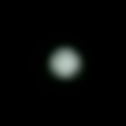
I have only seen Uranus once. I found it one day in the very early morning. The only reason I knew it was a planet was because its flickering reminded me a lot of Mars (versus the characteristics of a star). A stacked video image later confirmed the correct color.
Uranus is the last planet we can see without binoculars or a telescope, but you need dark skies. However, it is relatively easy to find with the light-gathering power of a telescope. It is my #3 for being a pretty cool treasure to seek and find. I hope, one day, to see it through a larger aperture and gleam some details of the planet’s surface.
#2 – Jupiter

When I resumed stargazing earlier this year, Jupiter was the first planet I saw through my new telescope, and it made me say, “Wow!” I immediately noticed the four Galilean moons and the planet’s major cloud bands. Ever since that first night, it remains my main target to see in the sky, when it is visible.
I have photographed Jupiter the most this year, always looking to improve the images with my modest equipment. I learned the most so far by my experiences with Jupiter. In some ways, Jupiter is the ideal test subject. It is very easy to see, being so big and bright. But that brightness also poses a challenge that forces the astrophotographer to carefully balance exposure settings.
One of the (many) treats of observing and photographing Jupiter is to capture the Great Red Spot. Since Jupiter rotates so fast (one revolution every nine hours), it always feels like hit & miss for when the GRS is showing night-to-night.
#1 – Saturn
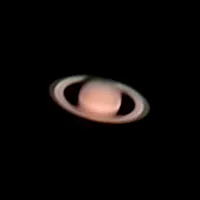
The ringed planet is further than Jupiter and much dimmer (but still bright, relatively), yet surprisingly I have found Saturn to be the easiest to photograph. Jupiter always seems to work me into fits, as a little mistake can appear to have a big impact on overall image quality. But Saturn, for reasons unknown, is about as close to a “point and shoot” planet that there is. The only real challenge I have faced is getting eyepiece focus exactly right.
There may be no better object in our Solar System to show at the telescope. It produces a “wow” factor even bigger than Jupiter’s the first time you see it, obviously because of the rings. They are of course the star (no pun intended) of its show, and the more detail that can be observed on the rings, the better. But also, don’t overlook the planet’s shadow on the back of its rings – I find that kind of cool to see as well. Right now the rings are at a wonderful angle tilted towards the inner part of the Solar System.
This is also a good time to mention the use of filters. The accompanying image was taken with my neodymium filter, which adds a nice color contrast between the planet and rings. Without a filter there is a much more mono-color feel to Saturn.
Honorable Mention – Neptune
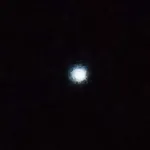
Neptune is the first planet in the Solar System that we cannot see with the unaided eye no matter how dark your skies are at night. Fortunately, it is viewable with a telescope!
As the accompanying image shows, the distance and faintness of Neptune push the bounds of my meager 127mm telescope. Larger apertures can see some details. Finding the eighth planet is also difficult. You either have to have really good sky tracking skills or a computerized mount. I, of course, used the latter method. On the first night I found Neptune, I was not even sure it was a planet. Also after trying a few days later, thinking about it, and orienting myself based on my first experience, did I come to believe what I was seeing.
No Shows – Mercury, Pluto
Alas, a few of our planets were unable to make it to this year’s planetary rankings. Mercury, the messenger of the gods, is so fast in its bobbing around the Sun at dusks and dawns that there are limited opportunities to view him. And Pluto, well, Pluto. Someday, the contemporary obsession with the Kuiper Belt will subside and, I believe, Pluto will be rightly classified as a planet again.
Disqualified – Earth
Due to my inability to take a holistic image of our home world, Earth has sadly been disqualified from my planetary rankings. But this got me to thinking of what Earth looks like elsewhere – from Venus, from Mars, from Jupiter. I bet Earth from Venus would be incredible when the two planets are at opposition. Mars probably sees nothing more than a crescent. And Jupiter? I wonder if the Jovians can see us at all. Jupiter is one of our A-list cosmic celebrities. But what is Earth to the king planet?

